 It takes enormous courage to write a book like this, which goes completely against the narrative promoted by America’s foreign policy and military establishments. Courage because now any defense of Putin and Russia as actors on the world stage will not be met with reasonable, polite rebuttal and rational well-supported refutation, but personal vilification, marginalization, attacks on character and integrity, aspersions about disloyalty and lack of patriotic commitment, allegations of treachery and even sedition. Lacking anything — e.g. facts — with which to rebut and refute the message, opponents of a balanced, objective, truthful analysis of Russian-American relations must resort to attacking the messenger.
It takes enormous courage to write a book like this, which goes completely against the narrative promoted by America’s foreign policy and military establishments. Courage because now any defense of Putin and Russia as actors on the world stage will not be met with reasonable, polite rebuttal and rational well-supported refutation, but personal vilification, marginalization, attacks on character and integrity, aspersions about disloyalty and lack of patriotic commitment, allegations of treachery and even sedition. Lacking anything — e.g. facts — with which to rebut and refute the message, opponents of a balanced, objective, truthful analysis of Russian-American relations must resort to attacking the messenger.
Early in the book, Mr. Kovalik describes the process which radicalized him, what personal events opened his eyes to the barbarity and hypocrisy which has been centerpieces of America’s history from its earliest days. His transformation occurred during a visit to Nicaragua during his college years. He learned then to question and always be highly skeptical of the “official rationale” inflicted on the general public in the U.S., because it was often driven by the covert intent of obtaining — often manufacturing out of thin air — consent for America’s diplomatic bullying, manipulations, wanton aggressions, destructive interference, regime changes, and outright subjugation of countries across the planet.
History is the best teacher for understanding the present. Our history, as is thoroughly explored and documented in this short but incisive volume, is riddled with false flags, misrepresentations, distortions, propaganda and outright lies, all carefully calculated to serve the real agenda of our government. This is to provide unambiguous support for U.S. corporate interests; ruthlessly undermining any nation which dares to consider even the most diluted iteration of socialism; and punishing — all too frequently destroying — any country, often even murdering its leaders, for independently adopting policies which don’t disproportionately benefit the U.S. and honor the authority of the U.S. as world hegemon.
What has Russia under Putin done? It put Russia’s interests first, it openly criticized the U.S. for its wanton aggression and disregard for international law, called out the U.S. for its consistent meddling in the affairs of other nations, including all too often violently overthrowing governments it doesn’t approve of, and moreover had the audacity to deploy national defense mechanisms which frees it of being blackmailed by U.S. military might. For the U.S., which regards itself as the “exceptional” nation selected by destiny to control the world, these constitute an inexcusable affront which must be answered, a challenge which must be eradicated, even if this requires a world war which might go nuclear.
So it’s Russia bad, Putin badder. Every imaginable and imagined accusation, typically presented as fact, is spewed out and flung at Putin and Russia. And thus what we get as “news” these days is a childish white hats vs. black hats depiction of the momentous battle of Great Good America vs. Scary Evil Russia, a facile scenario now dubbed as the Second Cold War.
The extremes our government spokespersons and the obsequious media has gone to in order to strike fear in all of us about Russia and to incite a personal hatred for Vladimir Putin, should by themselves raise suspicions and reasonable doubts about what’s going on. But when the media is controlled by six major corporations with unshakeable deference to official government propaganda and those who fabricate it, and political leaders from both major parties who are owned by Wall Street, the big banks, the corporations, the ruling elite who obscenely profit from perpetual war, all everyday people get 24/7 is yarns about the Russian threat, Putin’s bloodthirsty desire to return to the glory days of Russia as a great power, Russian aggression, Russian invasions, Russian meddling in our otherwise perfect democracy, Russian targeted assassinations, Russian plots to subvert and destroy freedom-loving countries, Russian blame for everything from STDs to plugged toilets and family squabbles. It’s a premeditated program of brainwashing inflicted on a gullible and generally hapless American public.
The only possible pre-revolutionary antidote is thorough, unbiased investigative journalism, potent research, historical knowledge and perspective, personal insights shared with candor and clarity, all of the foregoing assembled by an author of the high caliber of Dan Kovalik, into an immensely readable and superbly informative book like The Plot To Scapegoat Russia: How the CIA and the Deep State Have Conspired to Vilify Putin.



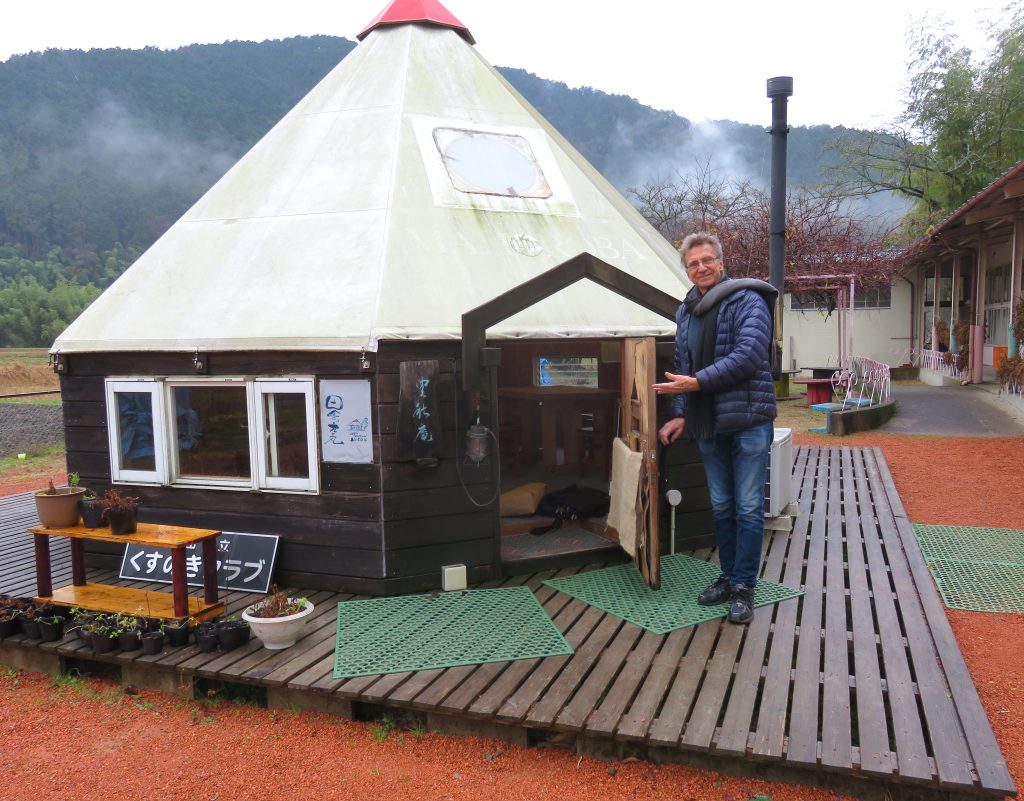

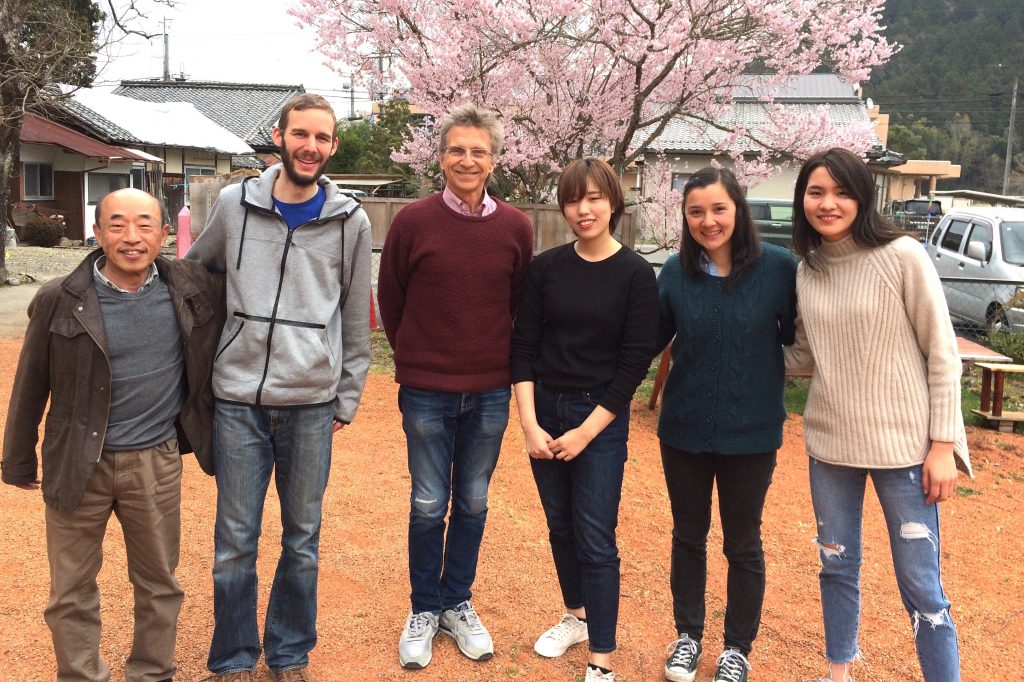


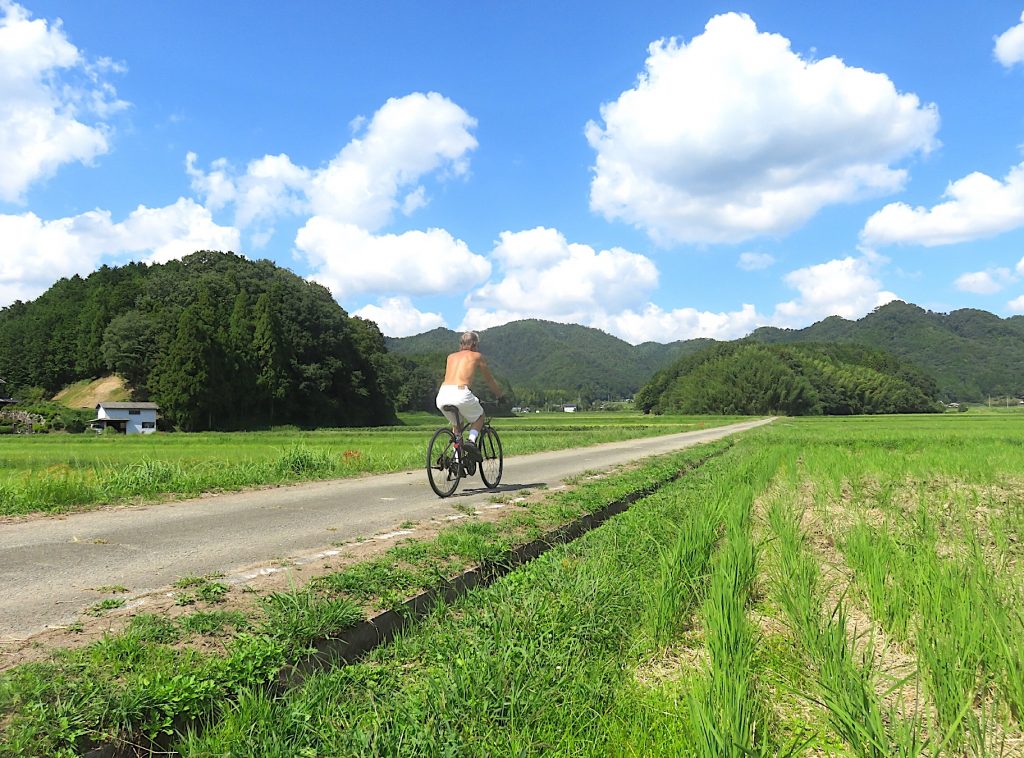
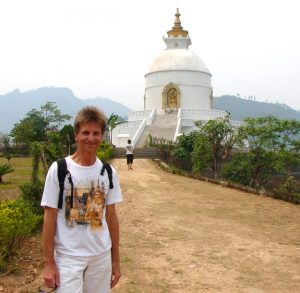
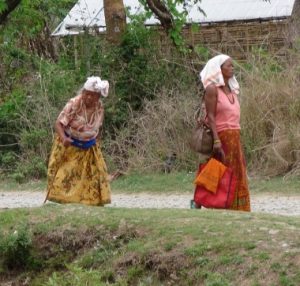

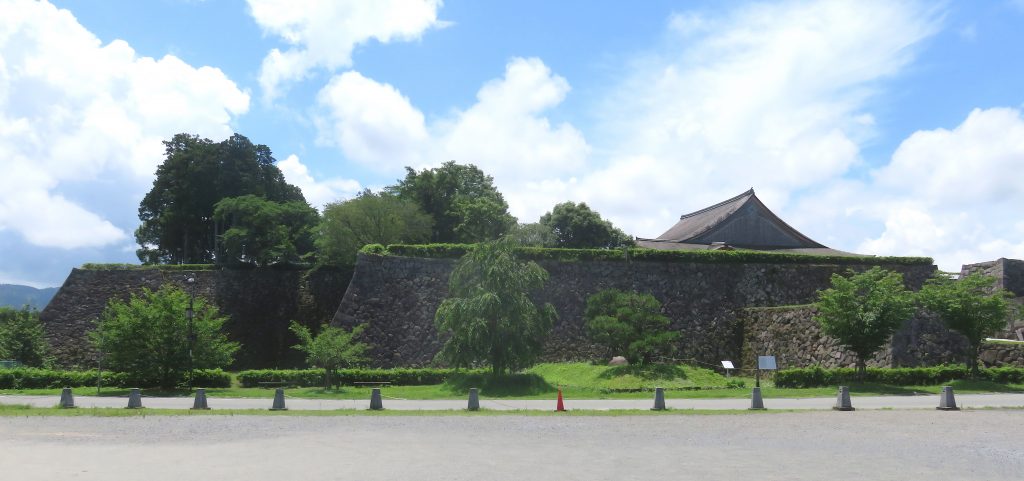
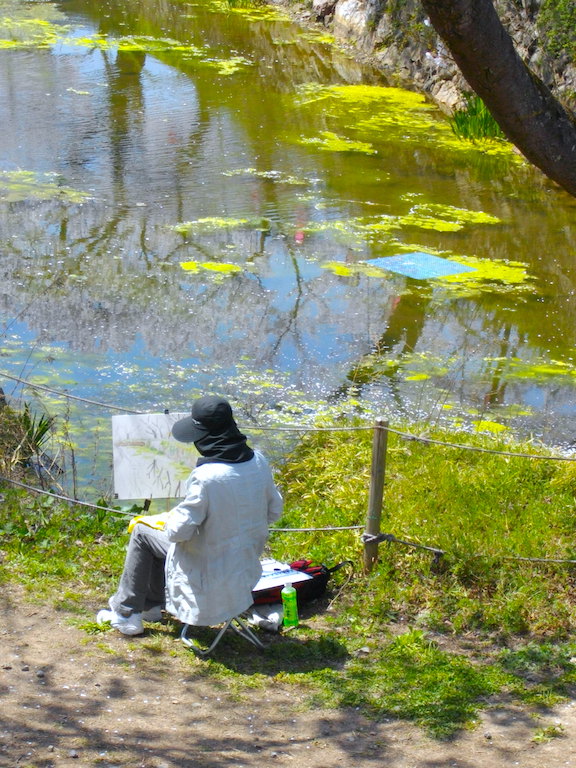


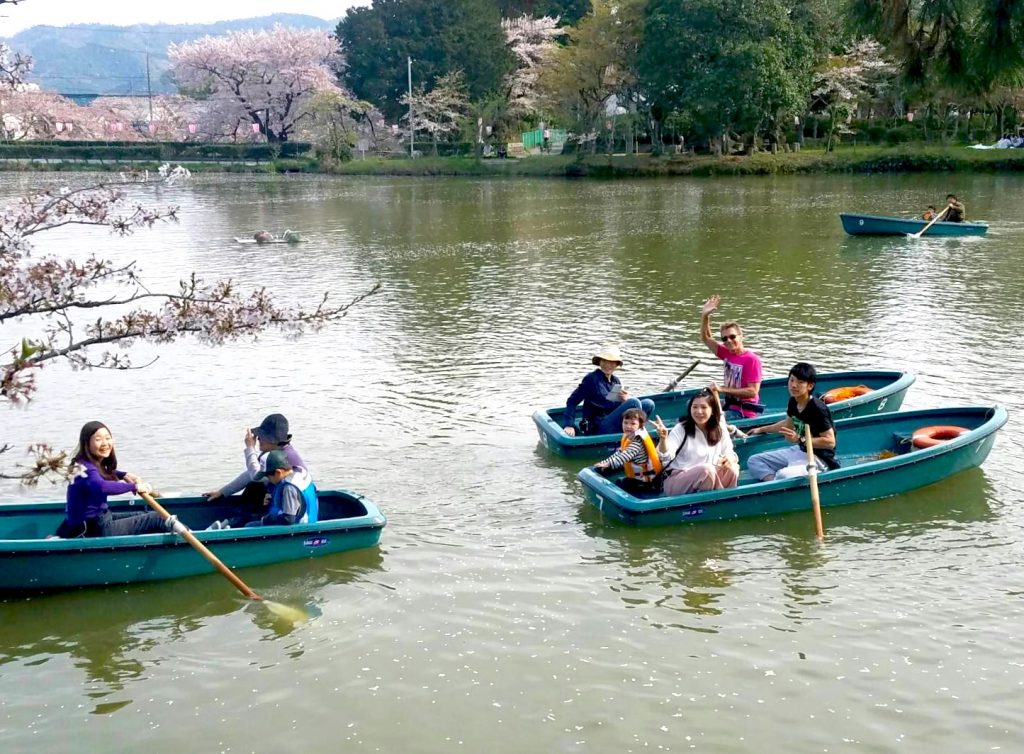
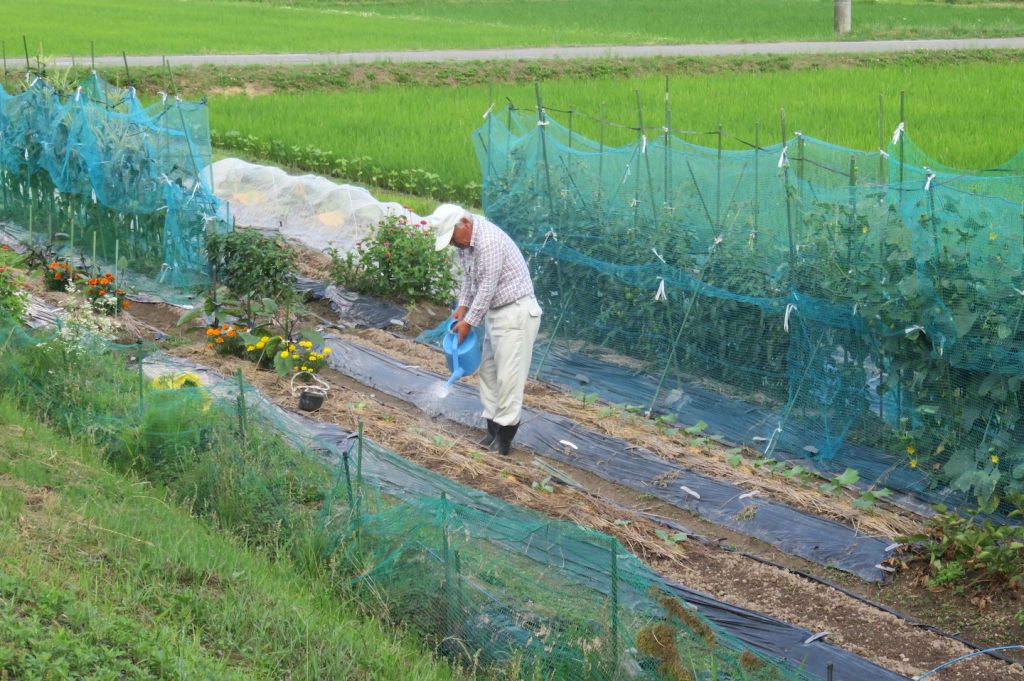

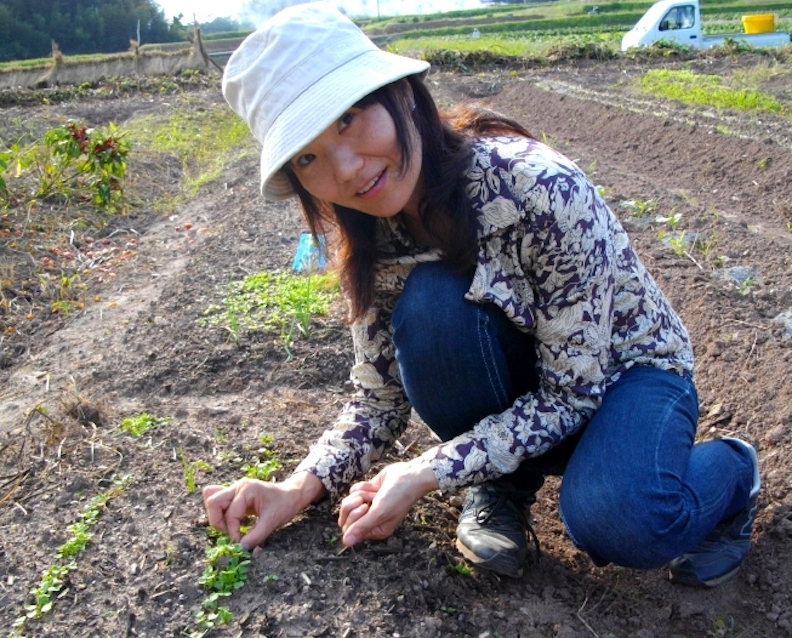
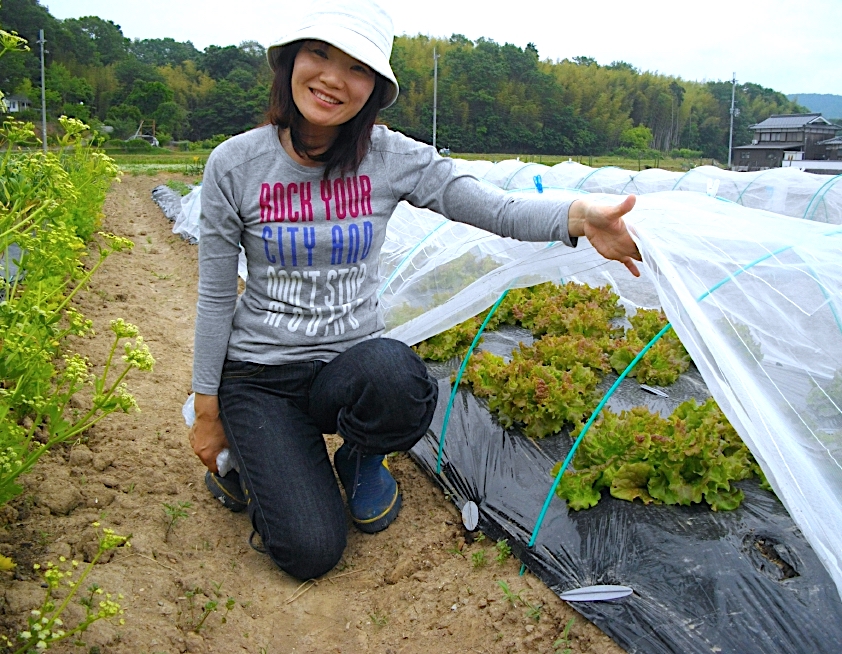
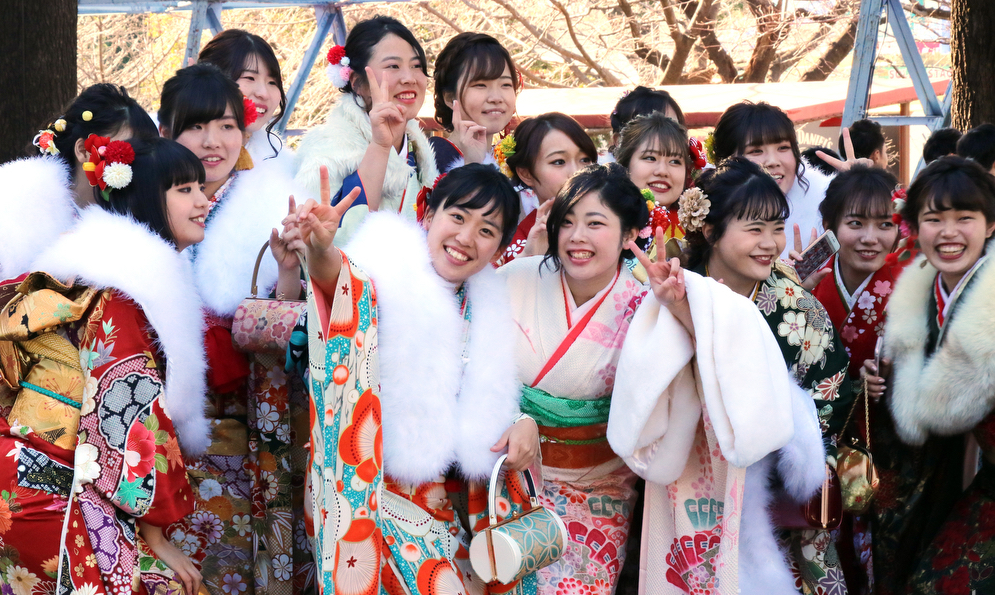



Julian Assange: Lest We Forget What Courageous Journalism Looks Like
New Zealand citizen journalist Suzi Dawson, herself a whistleblower who has taken political asylum in Russia to avoid persecution by the New Zealand government, listed what she considered the ten most important achievements by Julian Assange and Wikileaks. This was in a interview with Jimmy Dore, October 27, 2018.
Here they are:
1) “Wikileaks has been keeping the historical record intact, and is actually combating the digital loss as web pages and websites are constantly being taken down from the internet by the powers that be. In this current paradigm they’re actually scrubbing entire websites and domains at every opportunity. They’re trying to erase information from our living history. And Wikileaks’ founding charter says that any information that’s at risk of censorship or deletion can find a safe harbor at Wikileaks.”
2) “Wikileaks enables victims of persecution to have admissible evidence to fight their cases in court. 40,000 cases around the world have had Wikileaks documents submitted as evidence to the court.”
3) “They’ve maintained a 100% accuracy record over ten years of publishing.”
4) “Wikileaks is still publishing despite the full force of the Empire being used against them. Intelligence agencies, financial service providers, hostile media and law fare, and of course now Julian Assange’s solitary confinement, we still see Wikileaks releases being published.”
5) “Wikileaks has established a digital library of over 10 million documents, containing pristine datasets, the full relevance of which will only become apparent years into the future. Every current news story can be further informed by doing a key word search to see what Wikileaks archives contain about topics or persons or places that may be relevant to that news story.”
6) “Wikileaks has established a whole new way of doing journalism. They also initiated the first anonymous drop boxes, which we now see that a similar technology is being used by media outlets across the globe.”
7) “Wikileaks has become the vanguard of press freedom, always pushing at the boundaries of what is acceptable in publishing. And that is incredibly important because as they are pushing those boundaries further and further out, it allows independent media and citizen media to fill that space in between. We can go further and do more significant things because Wikileaks is out there taking the heat for us.”
8) “Wikileaks has published leaks on every country in the world without geopolitical bias.”
9) “Wikileaks leaves no source behind, and not only do they go above and beyond to support their sources, they’ve actually established other organizations to support other at risk journalists and whistleblowers, such as the Courage Foundation, and we now have proven that Julian Assange was involved in the establishment of the Freedom of the Press Foundation.”
10) “Julian saved the life of Edward Snowden, who is renowned as the greatest whistleblower of our generation, and was brought to you by Wikileaks.”
Julian Assange should be getting a Nobel Prize, not being persecuted.
What can we do to save this courageous, heroic man? This is not just about one man, as admirable and honorable he is as a person. This is about freedom of speech, freedom of dissent, being able to stand up to power and avoid complete and total, across-the-board repression by burgeoning corporate-state totalitarianism. The media is already a pitiful shell of what it once was. Silencing the Julian Assanges of the world will just accelerate the demise of public discourse built on honest investigative reporting.